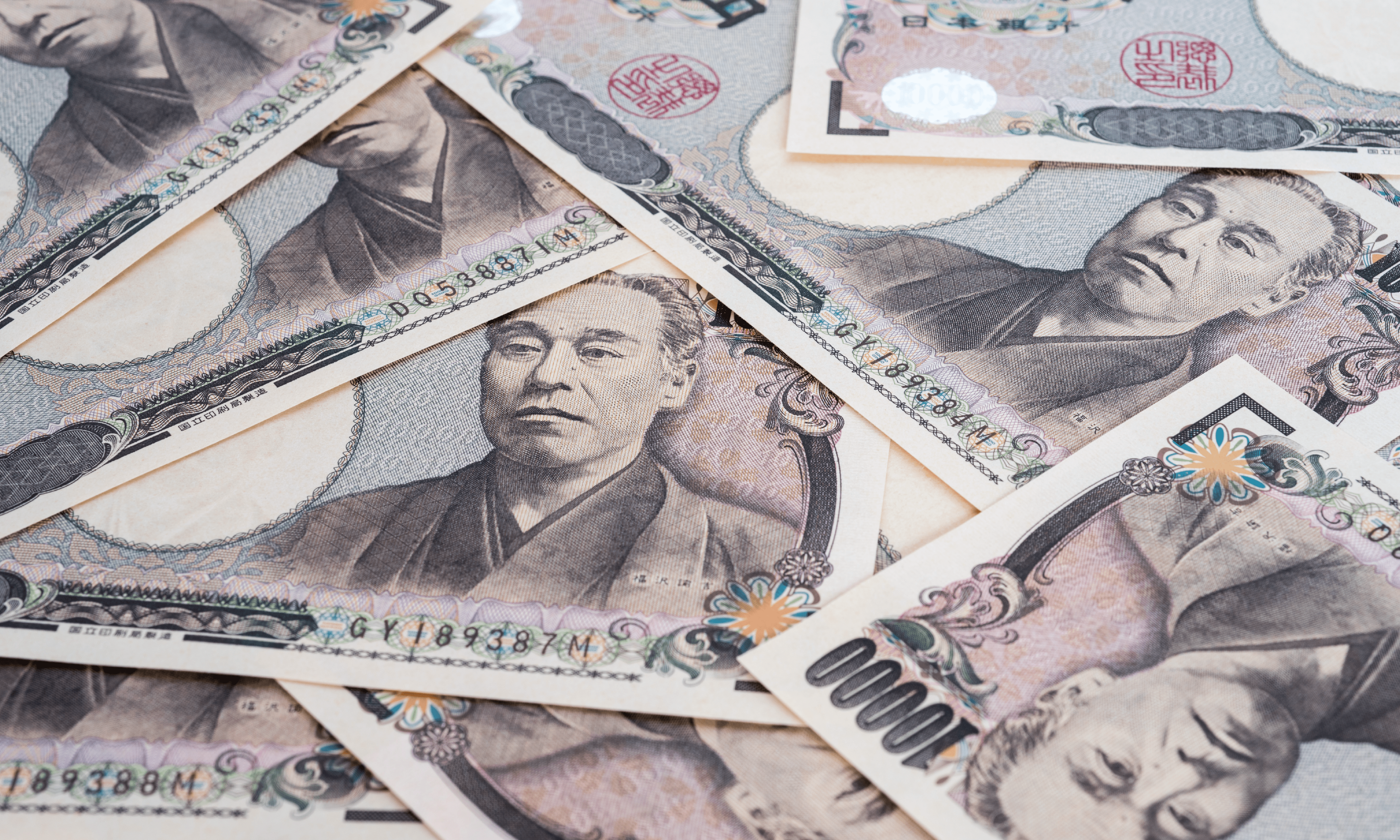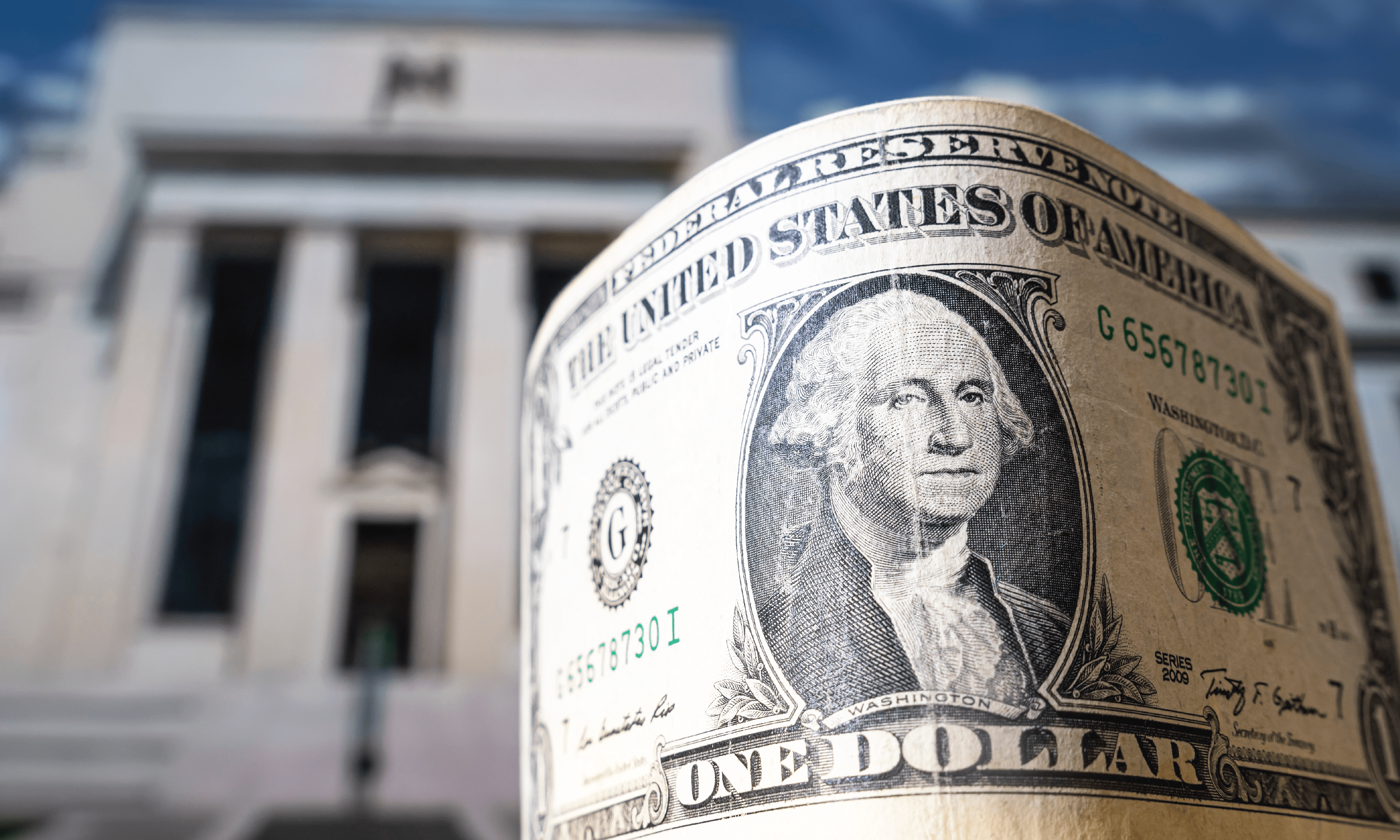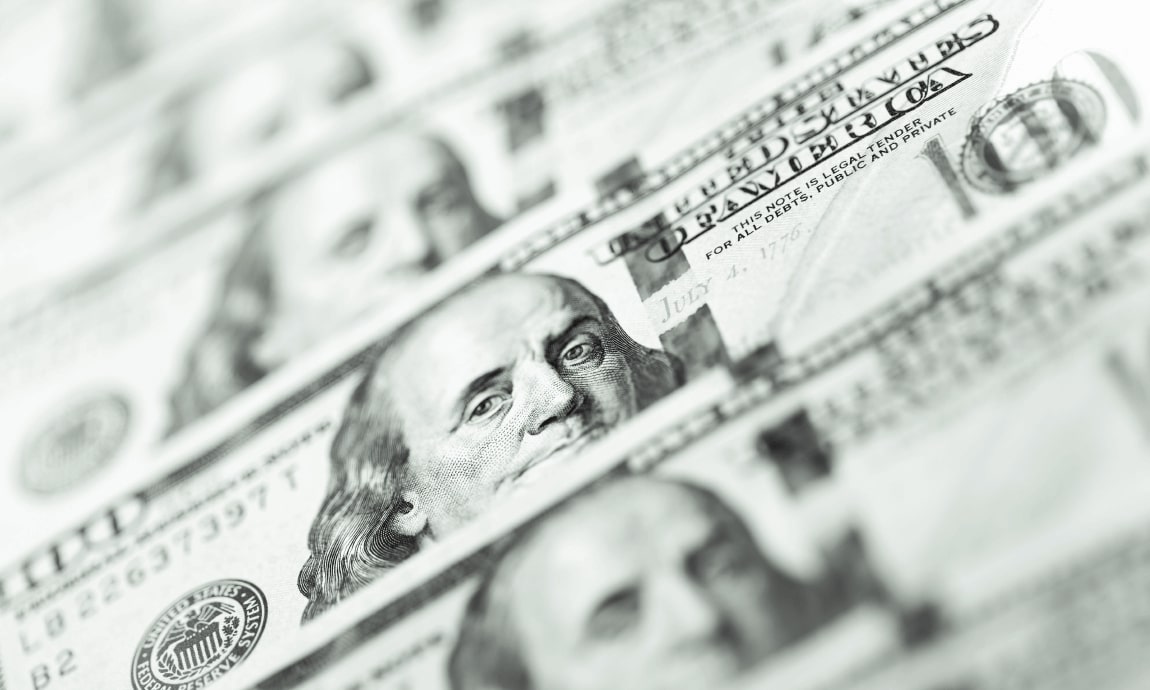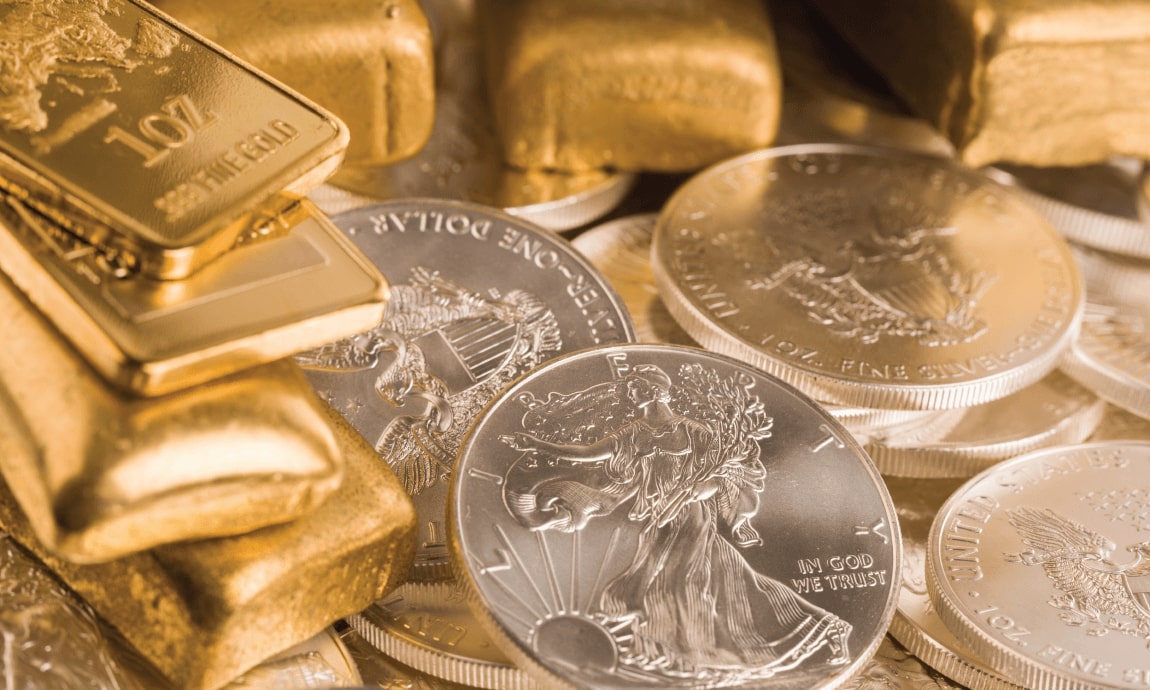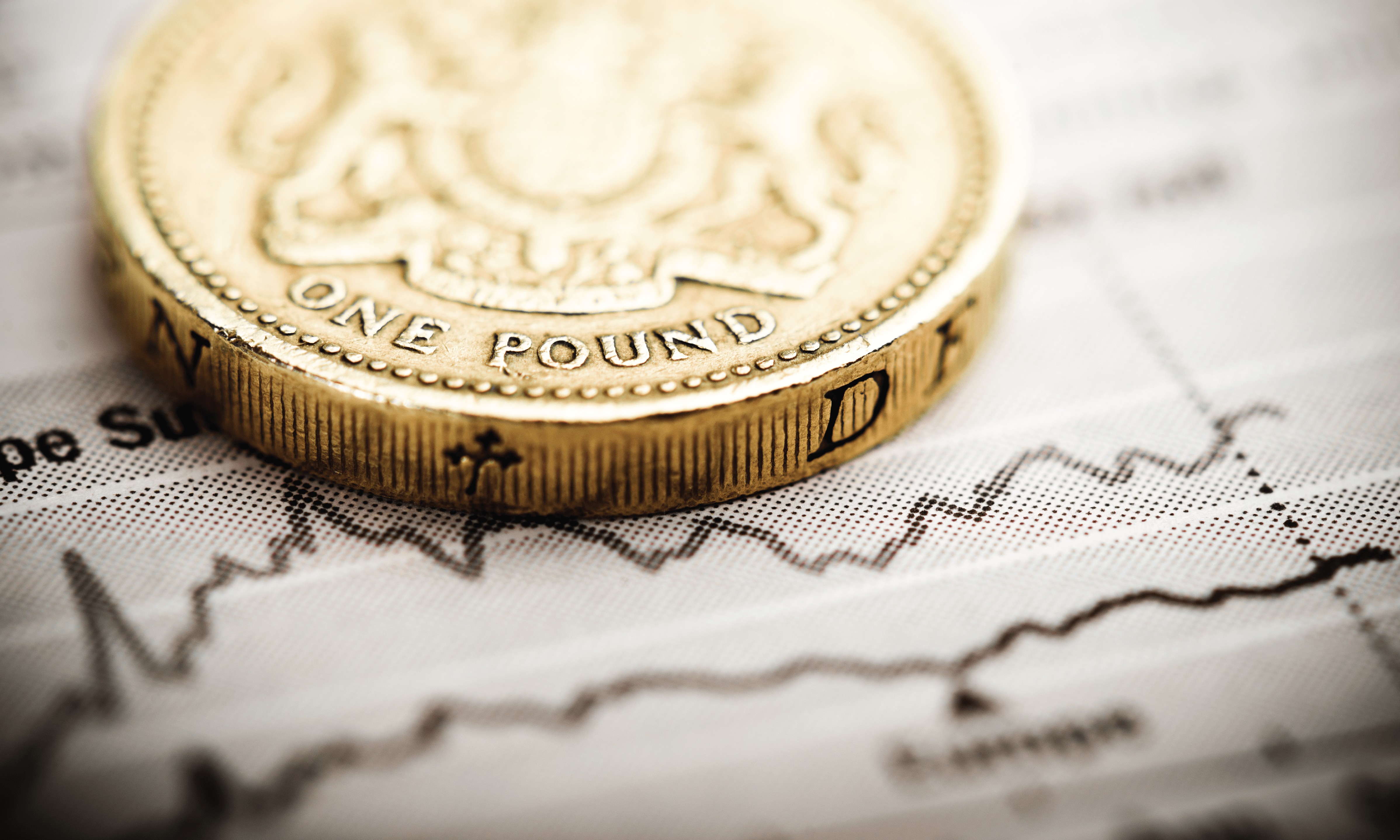The EUR/JPY pair has fallen to nearly ¥159 region, the lowest since the financial crisis of 2008, while the GBP/JPY pair has slipped to as low as ¥185, the lowest since the Brexit crisis of late 2015.
A similar picture is seen against the other two major peers, the Euro and Pound Sterling, as the bullish stance from ECB and BoE and the continuing rate hikes since last year to curb inflation, have sent Yen to multi-year lows against them.
The EUR/JPY pair has fallen to nearly ¥159 region, the lowest since the financial crisis of 2008, while the GBP/JPY pair has slipped to as low as ¥185, the lowest since the Brexit crisis of late 2015.
The ¥145-¥150 levels on the USD/JPY pair were the area where the Bank of Japan intervened in currency markets in September 2022, forcing the Ministry of Finance to support (buy) the yen and push the pair back to around ¥130 at the beginning of 2023.
A similar picture is seen against the other two major peers, the Euro and Pound Sterling, as the bullish stance from ECB and BoE and the continuing rate hikes since last year to curb inflation, have sent Yen to multi-year lows against them.
The EUR/JPY pair has fallen to nearly ¥159 region, the lowest since the financial crisis of 2008, while the GBP/JPY pair has slipped to as low as ¥185, the lowest since the Brexit crisis of late 2015.
The ¥145-¥150 levels on the USD/JPY pair were the area where the Bank of Japan intervened in currency markets in September 2022, forcing the Ministry of Finance to support (buy) the yen and push the pair back to around ¥130 at the beginning of 2023.
A similar picture is seen against the other two major peers, the Euro and Pound Sterling, as the bullish stance from ECB and BoE and the continuing rate hikes since last year to curb inflation, have sent Yen to multi-year lows against them.
The EUR/JPY pair has fallen to nearly ¥159 region, the lowest since the financial crisis of 2008, while the GBP/JPY pair has slipped to as low as ¥185, the lowest since the Brexit crisis of late 2015.
USD/JPY pair, Daily chart
The ¥145-¥150 levels on the USD/JPY pair were the area where the Bank of Japan intervened in currency markets in September 2022, forcing the Ministry of Finance to support (buy) the yen and push the pair back to around ¥130 at the beginning of 2023.
A similar picture is seen against the other two major peers, the Euro and Pound Sterling, as the bullish stance from ECB and BoE and the continuing rate hikes since last year to curb inflation, have sent Yen to multi-year lows against them.
The EUR/JPY pair has fallen to nearly ¥159 region, the lowest since the financial crisis of 2008, while the GBP/JPY pair has slipped to as low as ¥185, the lowest since the Brexit crisis of late 2015.
USD/JPY pair, Daily chart
The ¥145-¥150 levels on the USD/JPY pair were the area where the Bank of Japan intervened in currency markets in September 2022, forcing the Ministry of Finance to support (buy) the yen and push the pair back to around ¥130 at the beginning of 2023.
A similar picture is seen against the other two major peers, the Euro and Pound Sterling, as the bullish stance from ECB and BoE and the continuing rate hikes since last year to curb inflation, have sent Yen to multi-year lows against them.
The EUR/JPY pair has fallen to nearly ¥159 region, the lowest since the financial crisis of 2008, while the GBP/JPY pair has slipped to as low as ¥185, the lowest since the Brexit crisis of late 2015.
USD/JPY pair, Daily chart
The ¥145-¥150 levels on the USD/JPY pair were the area where the Bank of Japan intervened in currency markets in September 2022, forcing the Ministry of Finance to support (buy) the yen and push the pair back to around ¥130 at the beginning of 2023.
A similar picture is seen against the other two major peers, the Euro and Pound Sterling, as the bullish stance from ECB and BoE and the continuing rate hikes since last year to curb inflation, have sent Yen to multi-year lows against them.
The EUR/JPY pair has fallen to nearly ¥159 region, the lowest since the financial crisis of 2008, while the GBP/JPY pair has slipped to as low as ¥185, the lowest since the Brexit crisis of late 2015.
In this context together with the interest rate divergence of the Yen and U.S. dollar and the widening gap in their bond yields, have prompted forex traders to add pressure on the Yen against the dollar and to push the pair as low as ¥146.50 this morning, posting lowest level since November 2022, and recording over 3% losses in August and 11% for the year so far.
USD/JPY pair, Daily chart
The ¥145-¥150 levels on the USD/JPY pair were the area where the Bank of Japan intervened in currency markets in September 2022, forcing the Ministry of Finance to support (buy) the yen and push the pair back to around ¥130 at the beginning of 2023.
A similar picture is seen against the other two major peers, the Euro and Pound Sterling, as the bullish stance from ECB and BoE and the continuing rate hikes since last year to curb inflation, have sent Yen to multi-year lows against them.
The EUR/JPY pair has fallen to nearly ¥159 region, the lowest since the financial crisis of 2008, while the GBP/JPY pair has slipped to as low as ¥185, the lowest since the Brexit crisis of late 2015.
In this context together with the interest rate divergence of the Yen and U.S. dollar and the widening gap in their bond yields, have prompted forex traders to add pressure on the Yen against the dollar and to push the pair as low as ¥146.50 this morning, posting lowest level since November 2022, and recording over 3% losses in August and 11% for the year so far.
USD/JPY pair, Daily chart
The ¥145-¥150 levels on the USD/JPY pair were the area where the Bank of Japan intervened in currency markets in September 2022, forcing the Ministry of Finance to support (buy) the yen and push the pair back to around ¥130 at the beginning of 2023.
A similar picture is seen against the other two major peers, the Euro and Pound Sterling, as the bullish stance from ECB and BoE and the continuing rate hikes since last year to curb inflation, have sent Yen to multi-year lows against them.
The EUR/JPY pair has fallen to nearly ¥159 region, the lowest since the financial crisis of 2008, while the GBP/JPY pair has slipped to as low as ¥185, the lowest since the Brexit crisis of late 2015.
Japan’s strong domestic demand and solid wage growth have been supporting the BoJ’s dovish stance even though core inflation indicators continue to point to broad-based inflationary pressures and have remained above the 2% target for around 15 months.
In this context together with the interest rate divergence of the Yen and U.S. dollar and the widening gap in their bond yields, have prompted forex traders to add pressure on the Yen against the dollar and to push the pair as low as ¥146.50 this morning, posting lowest level since November 2022, and recording over 3% losses in August and 11% for the year so far.
USD/JPY pair, Daily chart
The ¥145-¥150 levels on the USD/JPY pair were the area where the Bank of Japan intervened in currency markets in September 2022, forcing the Ministry of Finance to support (buy) the yen and push the pair back to around ¥130 at the beginning of 2023.
A similar picture is seen against the other two major peers, the Euro and Pound Sterling, as the bullish stance from ECB and BoE and the continuing rate hikes since last year to curb inflation, have sent Yen to multi-year lows against them.
The EUR/JPY pair has fallen to nearly ¥159 region, the lowest since the financial crisis of 2008, while the GBP/JPY pair has slipped to as low as ¥185, the lowest since the Brexit crisis of late 2015.
Japan’s strong domestic demand and solid wage growth have been supporting the BoJ’s dovish stance even though core inflation indicators continue to point to broad-based inflationary pressures and have remained above the 2% target for around 15 months.
In this context together with the interest rate divergence of the Yen and U.S. dollar and the widening gap in their bond yields, have prompted forex traders to add pressure on the Yen against the dollar and to push the pair as low as ¥146.50 this morning, posting lowest level since November 2022, and recording over 3% losses in August and 11% for the year so far.
USD/JPY pair, Daily chart
The ¥145-¥150 levels on the USD/JPY pair were the area where the Bank of Japan intervened in currency markets in September 2022, forcing the Ministry of Finance to support (buy) the yen and push the pair back to around ¥130 at the beginning of 2023.
A similar picture is seen against the other two major peers, the Euro and Pound Sterling, as the bullish stance from ECB and BoE and the continuing rate hikes since last year to curb inflation, have sent Yen to multi-year lows against them.
The EUR/JPY pair has fallen to nearly ¥159 region, the lowest since the financial crisis of 2008, while the GBP/JPY pair has slipped to as low as ¥185, the lowest since the Brexit crisis of late 2015.
In the recent gathering at the Jackson Hole summit last Friday, the Bank of Governor Kazuo Ueda stuck to their monetary loose policy, arguing that the underlying inflation in Japan remains lower than the BoJ’s target of 2% and as a result, the BoJ will maintain the current ultra-easy policy.
Japan’s strong domestic demand and solid wage growth have been supporting the BoJ’s dovish stance even though core inflation indicators continue to point to broad-based inflationary pressures and have remained above the 2% target for around 15 months.
In this context together with the interest rate divergence of the Yen and U.S. dollar and the widening gap in their bond yields, have prompted forex traders to add pressure on the Yen against the dollar and to push the pair as low as ¥146.50 this morning, posting lowest level since November 2022, and recording over 3% losses in August and 11% for the year so far.
USD/JPY pair, Daily chart
The ¥145-¥150 levels on the USD/JPY pair were the area where the Bank of Japan intervened in currency markets in September 2022, forcing the Ministry of Finance to support (buy) the yen and push the pair back to around ¥130 at the beginning of 2023.
A similar picture is seen against the other two major peers, the Euro and Pound Sterling, as the bullish stance from ECB and BoE and the continuing rate hikes since last year to curb inflation, have sent Yen to multi-year lows against them.
The EUR/JPY pair has fallen to nearly ¥159 region, the lowest since the financial crisis of 2008, while the GBP/JPY pair has slipped to as low as ¥185, the lowest since the Brexit crisis of late 2015.
In the recent gathering at the Jackson Hole summit last Friday, the Bank of Governor Kazuo Ueda stuck to their monetary loose policy, arguing that the underlying inflation in Japan remains lower than the BoJ’s target of 2% and as a result, the BoJ will maintain the current ultra-easy policy.
Japan’s strong domestic demand and solid wage growth have been supporting the BoJ’s dovish stance even though core inflation indicators continue to point to broad-based inflationary pressures and have remained above the 2% target for around 15 months.
In this context together with the interest rate divergence of the Yen and U.S. dollar and the widening gap in their bond yields, have prompted forex traders to add pressure on the Yen against the dollar and to push the pair as low as ¥146.50 this morning, posting lowest level since November 2022, and recording over 3% losses in August and 11% for the year so far.
USD/JPY pair, Daily chart
The ¥145-¥150 levels on the USD/JPY pair were the area where the Bank of Japan intervened in currency markets in September 2022, forcing the Ministry of Finance to support (buy) the yen and push the pair back to around ¥130 at the beginning of 2023.
A similar picture is seen against the other two major peers, the Euro and Pound Sterling, as the bullish stance from ECB and BoE and the continuing rate hikes since last year to curb inflation, have sent Yen to multi-year lows against them.
The EUR/JPY pair has fallen to nearly ¥159 region, the lowest since the financial crisis of 2008, while the GBP/JPY pair has slipped to as low as ¥185, the lowest since the Brexit crisis of late 2015.
The Japanese Yen has been underperforming against major rivals since the beginning of the year due to the monetary policy divergence between the dovish Bank of Japan and the hawkish central banks of the other major economies which are fighting record-high inflation with higher interest rates, such as the Federal Reserve, ECB, and BoE.
In the recent gathering at the Jackson Hole summit last Friday, the Bank of Governor Kazuo Ueda stuck to their monetary loose policy, arguing that the underlying inflation in Japan remains lower than the BoJ’s target of 2% and as a result, the BoJ will maintain the current ultra-easy policy.
Japan’s strong domestic demand and solid wage growth have been supporting the BoJ’s dovish stance even though core inflation indicators continue to point to broad-based inflationary pressures and have remained above the 2% target for around 15 months.
In this context together with the interest rate divergence of the Yen and U.S. dollar and the widening gap in their bond yields, have prompted forex traders to add pressure on the Yen against the dollar and to push the pair as low as ¥146.50 this morning, posting lowest level since November 2022, and recording over 3% losses in August and 11% for the year so far.
USD/JPY pair, Daily chart
The ¥145-¥150 levels on the USD/JPY pair were the area where the Bank of Japan intervened in currency markets in September 2022, forcing the Ministry of Finance to support (buy) the yen and push the pair back to around ¥130 at the beginning of 2023.
A similar picture is seen against the other two major peers, the Euro and Pound Sterling, as the bullish stance from ECB and BoE and the continuing rate hikes since last year to curb inflation, have sent Yen to multi-year lows against them.
The EUR/JPY pair has fallen to nearly ¥159 region, the lowest since the financial crisis of 2008, while the GBP/JPY pair has slipped to as low as ¥185, the lowest since the Brexit crisis of late 2015.
The Japanese Yen has been underperforming against major rivals since the beginning of the year due to the monetary policy divergence between the dovish Bank of Japan and the hawkish central banks of the other major economies which are fighting record-high inflation with higher interest rates, such as the Federal Reserve, ECB, and BoE.
In the recent gathering at the Jackson Hole summit last Friday, the Bank of Governor Kazuo Ueda stuck to their monetary loose policy, arguing that the underlying inflation in Japan remains lower than the BoJ’s target of 2% and as a result, the BoJ will maintain the current ultra-easy policy.
Japan’s strong domestic demand and solid wage growth have been supporting the BoJ’s dovish stance even though core inflation indicators continue to point to broad-based inflationary pressures and have remained above the 2% target for around 15 months.
In this context together with the interest rate divergence of the Yen and U.S. dollar and the widening gap in their bond yields, have prompted forex traders to add pressure on the Yen against the dollar and to push the pair as low as ¥146.50 this morning, posting lowest level since November 2022, and recording over 3% losses in August and 11% for the year so far.
USD/JPY pair, Daily chart
The ¥145-¥150 levels on the USD/JPY pair were the area where the Bank of Japan intervened in currency markets in September 2022, forcing the Ministry of Finance to support (buy) the yen and push the pair back to around ¥130 at the beginning of 2023.
A similar picture is seen against the other two major peers, the Euro and Pound Sterling, as the bullish stance from ECB and BoE and the continuing rate hikes since last year to curb inflation, have sent Yen to multi-year lows against them.
The EUR/JPY pair has fallen to nearly ¥159 region, the lowest since the financial crisis of 2008, while the GBP/JPY pair has slipped to as low as ¥185, the lowest since the Brexit crisis of late 2015.

